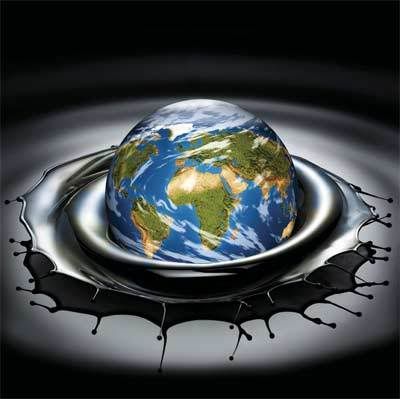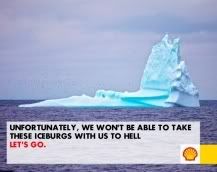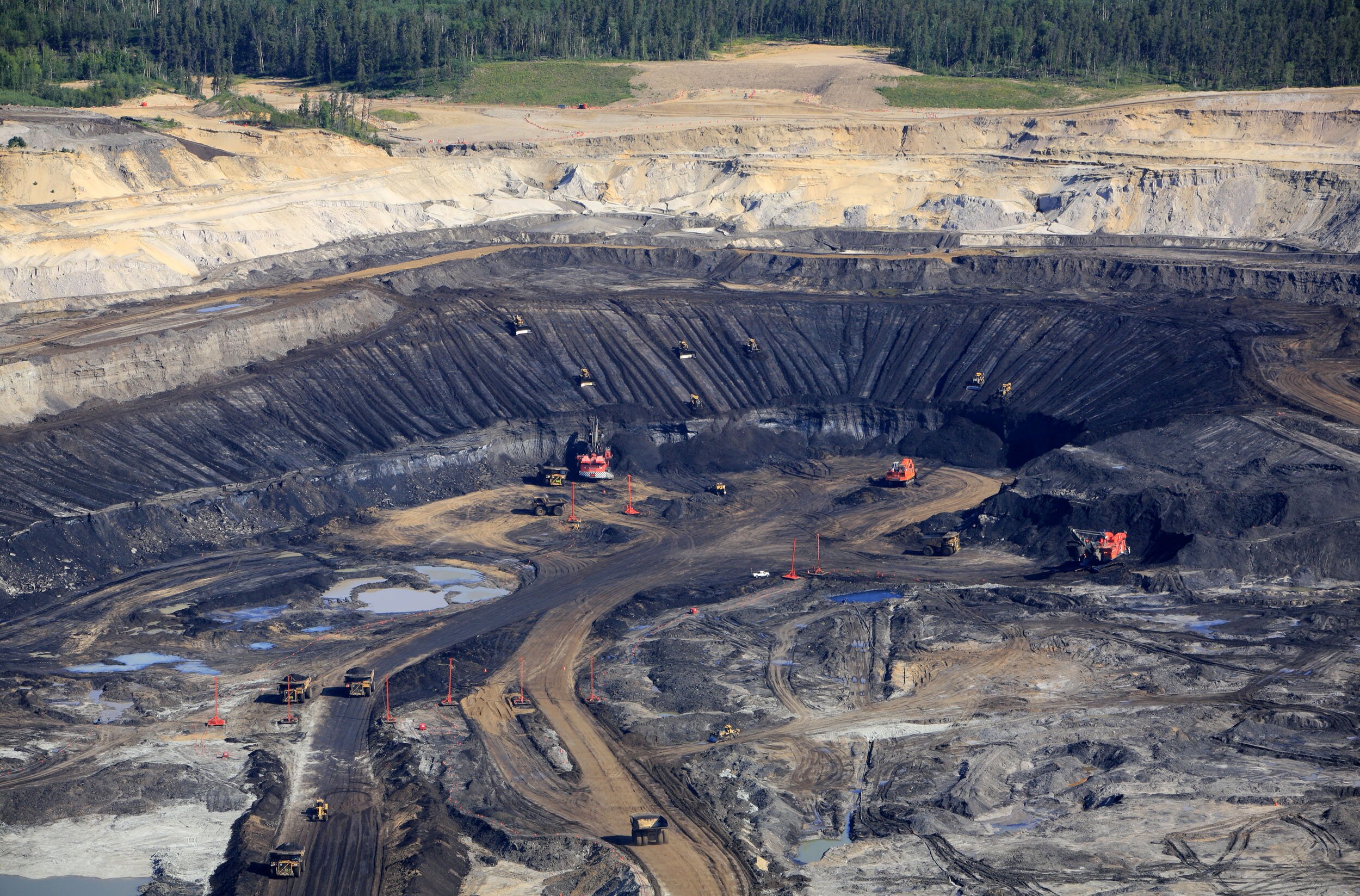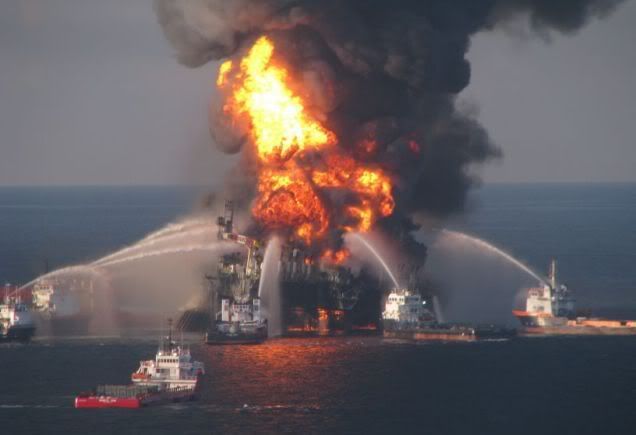(2 pm. – promoted by ek hornbeck)
 Well, Sunday Train has the analysis of a couple of intercity rail projects in the queue, but for a weekly column devoted to renewable energy and transport issues to focus on some early stage preliminary analysis of an intercity rail corridor while ignoring the release of the updated final environmental impact analysis would be like some supposed weekend “in depth analysis” new show to ignore the release of that analysis in favor of covering the breaking news that New Jersey politicians play dirty (true story).
Well, Sunday Train has the analysis of a couple of intercity rail projects in the queue, but for a weekly column devoted to renewable energy and transport issues to focus on some early stage preliminary analysis of an intercity rail corridor while ignoring the release of the updated final environmental impact analysis would be like some supposed weekend “in depth analysis” new show to ignore the release of that analysis in favor of covering the breaking news that New Jersey politicians play dirty (true story).
For those who have been following the process, the conclusions of the updated analysis are of little surprise, since they basically repeat the previous conclusion before the analysts ~ analysts connected to the oil industry, since, of course, they would know about this kind of stuff ~ were told to repeat the analysis. That is, to quote part of the Think Progress Coverage:
The newly-released report admits to the obvious: that “the total direct and indirect emissions” of the project “would contribute to cumulative global GHG emissions.” But in its final analysis, it says the proposed pipeline is “unlikely to significantly affect the rate of extraction in oil sands areas,” and does not look at the overall greenhouse gas emissions of the tar sands oil that would flow through it.
The underlying, unstated, premise of the entire environmental and economic impact is that we will in any event produce a large portion of the tar sands that are in the ground. And that implies, of course, that we are screwed: we have to adopt policies keep 80% of existing reserves of carbon based fossil fuels in the ground in order to have a prospect of keeping global warming under about three and a half degrees Fahrenheit and have at least some chance of avoiding the kind of catastrophic climate change that will eliminate the United States as a single national society and economy.
So the analysis, including unstated premise, is: “Assuming that the nations of the world do not impose adequate policies to avoid a catastrophe with costs that dwarf the entire presumed value of the tar sands deposits, this is the impact of building or not building the Keystone XL pipeline.”
But, what is the impact of building or not building the Keystone XL pipeline presuming that we do adopt policies that are adequate to keep 80% or more of current existing fossil fuel reserves in the ground? The analysis avoids that question entirely, even though the analysis delivers the numbers that allows use to evaluate those costs.
The Power of Status Quo Bias
 What we are facing here is the power of Status Quo Bias in these kinds of professional analyses. The “status quo” ~ the current state of things ~ is the tacit background to the analysis. The “do not build” option is analyzed as a projection of status quo conditions. The “build” option is then analyzed in terms of how it changes things relative to the status quo.
What we are facing here is the power of Status Quo Bias in these kinds of professional analyses. The “status quo” ~ the current state of things ~ is the tacit background to the analysis. The “do not build” option is analyzed as a projection of status quo conditions. The “build” option is then analyzed in terms of how it changes things relative to the status quo.
And when the status quo is not viable or tenable, that means that the analysis is projecting into some fantasy world that does not exist. The world in which Canada exploits all of the tar sands deposits and all deposits of fossil fuels of equal or less CO2 emissions impact are brought to the surface and produced is a world in which there is no longer a US interest to defend, since it is a world in which a sub-continental scale nation such as ours can no longer be maintained. Any US-interest based analysis by the State Department must reject that outcome as the only possible outcome if there is another policy path available.
But there is a tremendous amount of both bureaucratic and academic institutional intertia behind these kinds of status quo biases. The entire industry of impact analyses is primarily focused upon evaluating the precise question of what departure from the status quo is implied by the one or a number of “build” options. Its how you get a handle on the charge to project impacts occurring in an uncertain future, where the only 100% accurate approach would be to launch two independent identical parallel universes and build the project in one but not in the other (setting aside how the project decision would be different in otherwise identical universes) and then observe the outcome.
In other words, the kinds of things where we demand these kinds of impact analyses are crucial experiments: not readily reversible investments of substantial real resources which will have a range of positive and negative impacts, and if we could proceed satisfactorily on an experimental, trial and error basis, then it wouldn’t have been necessary to impose the impact analysis requirements in the first place.
That Is Not To Say That This Is Flawless Status-Quo-Based Analysis
 Now, I do not want to give anyone the impression that the analysis of the environment impact is an unbiased, unquestionable status quo based analysis. There is, for instance, a detailed analysis by Jesse Jenkins at the EnergyCollective under the tacit, “assume we are helpless in the face of the larger policy challenge” premise. He breaks the analysis down into three scenarios:
Now, I do not want to give anyone the impression that the analysis of the environment impact is an unbiased, unquestionable status quo based analysis. There is, for instance, a detailed analysis by Jesse Jenkins at the EnergyCollective under the tacit, “assume we are helpless in the face of the larger policy challenge” premise. He breaks the analysis down into three scenarios:
- 1. If not Keystone XL, then another pipeline will be built. In this scenario, the impact of the Keystone XL will be small, since it is simply the most cost-effective of several alternative pipeline projects. In this scenario, building the Keystone XL will increase the value of tar sands by $2 closer to the market price of higher quality light, sweet crude. This leads to something in line with the State Department estimate of on the order of 70,000 metric tons of CO2 annually, compared to total US emissions of around 5,500 million tons.
- 2. If not Keystone XL, then the tar sands product will be shipped by rail. There is substantial disagreement regarding the cost of shipping tar sands oil by rail. The oil-industry analyst working for the State Department has a figure of about $6 incremental cost, while reporting by Brad Plummer suggests an incremental cost of $22. At current prices, incremental shipping costs of $22 by rail would render a lot of strip-mined tar sands production uneconomic (with about 20% of the reserve available to surface mining), and put some deeper “in situ” projects on the margin, vulnerable to swings in oil prices. And so Jesse arrives at a range of subscenarios:
- If shipping by rail does not affect the break-even of most tar sands projects, the reduced shipping cost of the Keystone XL may result in 1 to 5 million metric tons additional emissions, about the impact of a single coal-fired power plant.
- If shipping by rail does put a appreciable minority of tar sands projects on the break-even margin, the impact of the Keystone XL might be 3 to 21 million tons annually, about the impact of a handful of coal-fired power plants.
- If shipping by rail puts most tar sands production on the break even line, that would increase the impact of the Keystone XL to 14 million to 103 million tons, or in Jesse’s analysis as much as 2% of US emissions.
- If shipping by rail does not affect the break-even of most tar sands projects, the reduced shipping cost of the Keystone XL may result in 1 to 5 million metric tons additional emissions, about the impact of a single coal-fired power plant.
- 3. Without the Keystone XL, tar sands hits a bottleneck. Suppose that the alternative pipelines are not available and that the alternative of shipping by rail does not turn out to be available. Under this scenario, Jesse’s analysis is that the impact of not building the Keystone XL is that:
[i]n this case, it’s entirely fair to assume blocking Keystone means keeping at least 830,000 barrels per day of oil out of the global market. That would mean blocking Keystone XL could prevent 70 to 140 million tons of CO2 emissions annually – equivalent to the output of 20 to 40 typical coal-fired power plants, or as much as 2.6 percent of U.S. energy-related CO2 emissions.
So the oil-industry connected analyst hired by the State Department ends up on the low side of that range of scenarios, while the actual impact could be some thousand times greater than the State Department updated estimate. But that is not the focus of my essay today.
The Think Progress piece that I referred to above is actually dedicated to presenting “7 Facts That Weren’t In The New State Department Report On Keystone XL”:
- 1. “Keystone XL, not rail, is the only feasible option”. This ‘fact’ does overstate the claim of its supporting evidence, which is that rail “might not” be a feasible alternative, so lets put that down as “Keystone XL, not rail, is the only certain feasible option”, with the oil-industry connected analyst for the State Department over-stating the case for rail as a relatively cheap and easy alternative to a pipeline. The bias of this part State Department report was part of the basis of the EPA contesting this part of the original environmental impact analysis.
- 2. “KXL’s ‘Alternative,’ Shipping Oil by Pipeline or Rail, Is Dangerous”. Since the analyst seems to have been intent on arriving at the conclusion that we will just use alternatives if the Keystone XL is not built, it is clearly in their interest to ignore the safety-based reasons why those alternatives might be blocked.
- 3. “KXL’s Tar Sands Oil Is Really Dirty.” This is not so much omitted from the Environmental Impact analysis as evaded, since the conclusion that the tar sands oil will by and large by produced anyway means that the filthiness of the tar sands oil production is not the “fault” of the Keystone XL project.
- 4. “Oil From KXL Is Not Guaranteed to Stay In America.” No qualifiers required here … the supposed energy security “benefits” of engaging in climate suicide with tar sands oil set aside the fact that there is no guarantee how much of the production will remain in the US. We are a net importer of petroleum, but we do export some petroleum products, and part of the economic benefit to the tar sands oil producers is that at present much of the tar sands production is “trapped” in the US, far for export ports, while the Keystone XL will bring production where it is subject to competition in international markets.
- 5. “The Pipeline Could Increase Oil Spills.” While the production is not guaranteed to remain in the US, obviously the impact of any oil spills that occur will be contained in the US. And tar sands oil, with bitumen diluted by other petroleum products, results in pipeline spills that are even nastier than regular petroleum, because until most crude oil which floats on water, bitumen sinks to the bottom.
- 6. “Gas Prices Will Rise Thanks To Keystone XL.” The flipside of the current “stranding” of tar sands oil in the upper Midwest is that there are parts of the country where gasoline prices are lower as a result. Those gasoline price reductions go away when production is brought out to oil refineries that can easily export their finished product.
- 7. ‘Keystone XL Will Have Permanent Impacts on Wildlife.’ This was the basis of the Interior Department response to the original environmental impact analysis. Note that for much of the length of the Keystone XL project, a spill bears a risk of leaking into the Ogallala Aquifer, which provides 83% of Nebraska’s irrigation water supplies.
So, when I make the argument in the present essay, I am not conceding “for the sake of argument” the validity of the State Department commissioned analysis. All of those issues still exist. I am just looking at a different flaw of the analysis.
Suppose the State Department Assumed that the United States Ought to Continue?
 The core argument in this essay is not over how the analysis performed its analysis, but with the analysis that it failed to perform.
The core argument in this essay is not over how the analysis performed its analysis, but with the analysis that it failed to perform.
What we have in the updated environmental impact analysis is one (probably biased) estimate of the impact of the Keystone XL assuming that the United States fails to overcome today’s primary threat to its continued existence as a sub-continental scale society and economy.
How can the State Department justify this assumption? Well, it seems they can justify it by ignoring its existence. After all, if the possibility of the United States actually defending itself is included as an option, the economic impact analysis is turned completely on its head. Which implies that the economic impact analysis is premised on the destruction of the current US society and economy.
What we have to do in order to have the potential of defending the present US society and economy from total destruction as a sub-continental scale entity is, according to our best scientific advice, keep the large majority of fossil fuel reserves in the ground. Any economic impact analysis of the Keystone XL pipeline by the US State Department that can include the continued survival of the United States as an option but which fails to do so borders on the treasonous. It certainly violates oaths to defend the United States from enemies, foreign and domestic.
Any rational economic analysis would find that, given that the CO2 impact of petroleum produces made with tar sands oil is at least 10% to 30% higher than the average US petroleum product, there is no basis for including tar sands production among the up to 20% of current world reserves (possibly less) that we exploit. Under an effective policy to keep at least 80% of the “grease in the ground”, each gallon of tar sands gasoline produced has an opportunity cost of more than a gallon of gasoline from conventional petroleum, and of substantially more equivalent energy from natural gas production. Since the petroleum products themselves are fungible, and we have more conventional petroleum reserves than we can afford to produce, there is no sane economic rational for producing any tar sands bitumen at all.
Now, whatever the policies are instituted around the world to keep the grease in the ground, we can put a notional dollar value to them by measuring what carbon pricing is necessary to keep that much grease in the ground. And this is where a non-treasonous State Department economic analysis that is loyal to the possibility of the continued existence of the US as a sub-continental society and economy can make use of the environment impact analysis.
Under the premise that we succeed in doing what we have to do to save the United States as a country, the “economic benefits” from production of tar sands oil are entirely notional, since any effective policy that saves the US as a country will ensure that the Keystone XL will not be used, and to the real world net economic benefit of never using the Keystone XL pipeline is greater than the net economic benefit of any use that the Keystone XL pipeline, since every gallon of petroleum product produced with tar sands oil is denying us more than a gallon of petroleum product produced with conventional oil.
So the incremental economic impact we have to focus on is whether building the Keystone XL pipeline makes it more or less expensive to prevent the tar sands oil from being produced at all. Which means that the incremental transport cost deducted from tar sands oil by alternatives to Keystone XL are all economic benefits of not proceeding with Keystone XL.
And when we recognize that fact, the question of whether that incremental transport cost is $2 or $6 or $22 or more is an argument over the magnitude of the economic benefit of not building the Keystone XL. Having the incremental carbon price required to keep tar sands oil from being production be $22 lower is a bigger benefit than having it $2 lower, but it is still a net economic benefit either way.
Building the Keystone XL pipeline may make it $2 barrel more expensive to keep the tar sands oil in the ground in defense of the United States. It may make it $22 barrel more expensive. But it has been conceded, by the updated environmental impact analysis, to make it more expensive to keep the tar sands oil in the ground:
- … and therefore building the Keystone XL has a net negative economic impact on the United States, so long as we assume that the United States successfully defends itself from destruction.
Now, as far as this premise that the United States successfully defends itself from destruction …
… its not surprising that the analyst commissioned by the State Department does not adopt this as a premise. They are, after all, connectedf to the oil-industry, and their first loyalty is to the oil industry surviving as long as possible. And that means that they have a fundamental conflict of interest in performing work for the State Department, since the longest possible survival of the oil industry before the collapse of industrial civilization is incompatible with ongoing survival of the United States.
However, it does not seem that the State Department ought to pay for analysis that presumes the destruction of the United States, just because the alternative premise of policies compatible with the continued survival of the United States is bad for Big Oil.
Conclusions and Considerations
So, what do you think? Should the State Department have a greater loyalty to the continued survival of the United States, or to the continued survival of Big Oil? Bear in mind that only one can be sustained indefinitely, since Big Oil is going down sooner or later, as a consequence of their ongoing activities as they take down industrial civilization, if not earlier in some effective defense of industrial civilization.
As always, I now open the floor to the comments of those reading.
If you have an issue on some other area of sustainable transport or sustainable energy production, please feel free to start a new main comment. To avoid confusing me, given my tendency to filter comments through the topic of this week’s Sunday Train, feel free to use the shorthand “NT:” in the subject line when introducing this kind of new topic.
If you have a topic in sustainable transport or energy that you want me to take a look at in the coming month, be sure to include that as well.
And, unlike some other regular online communities, no need to introduce yourself or justify your participation first: just jump right in and start participating. Your presence here is sufficient justification.

1 comment
Author